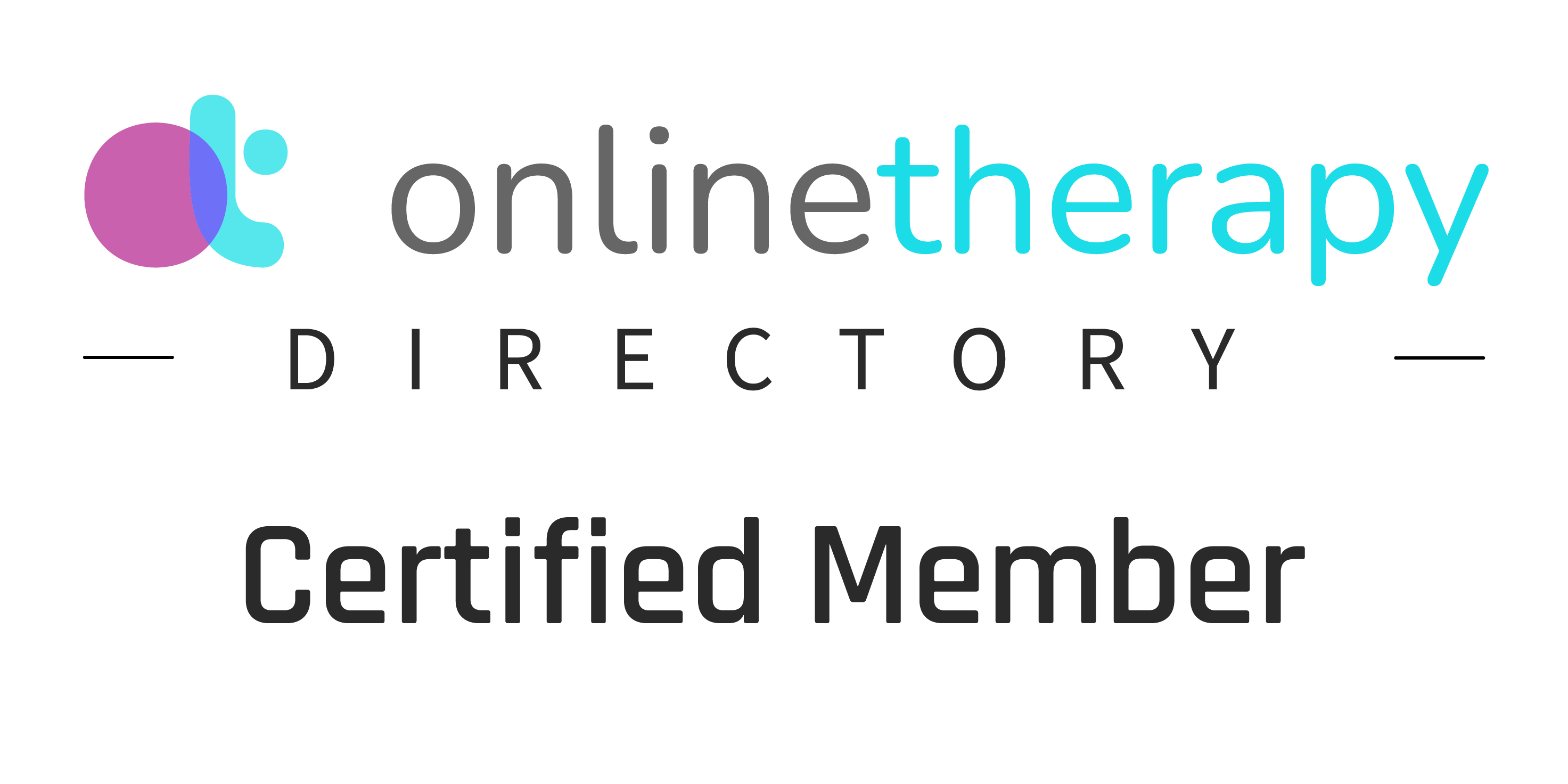Mindfulness Hacks: How to Kick Anxiety to the Curb
- Dana Hatwig

- Mar 14
- 4 min read
Anxiety is a common experience for many people, and it can arise from work pressures, family obligations, or personal challenges. The good news is that there is a powerful and accessible tool available to help you manage your anxiety—mindfulness. Grounded in simplicity, mindfulness focuses on being present in the moment. Research shows that mindfulness can significantly reduce anxiety levels. Let’s dive into how you can easily incorporate mindfulness practices into your daily routine and start feeling more at ease.
What is Mindfulness?
Mindfulness is about being fully aware of your thoughts, feelings, and surroundings without judging them. When you practice mindfulness, you cultivate a sense of calm that can help you manage anxiety more effectively. The goal isn’t to eliminate anxiety but to change the way you relate to it. For example, by observing anxious thoughts rather than getting caught up in them, you give your mind a chance to relax.
The Science Behind Mindfulness and Anxiety
Studies have highlighted mindfulness as an effective strategy for managing anxiety. A comprehensive review published in JAMA Internal Medicine found that mindfulness meditation can lead to a 30% reduction in anxiety, depression, and chronic pain. Further research shows that practitioners can experience structural changes in brain regions involved in stress response. This means that regular mindfulness practice can enhance your brain's ability to deal with anxiety, making it less intense over time.
Simple Mindfulness Techniques to Try
1. Mindful Breathing
Mindful breathing is one of the easiest ways to practice mindfulness. Here’s a simple method to get started:
Find a comfortable position—sitting, standing, or lying down is fine.
Close your eyes (if you feel comfortable) and take a deep breath in through your nose.
Hold your breath for three seconds, then exhale slowly through your mouth.
Focus entirely on your breath—notice your chest rising and falling, or how the air feels as it enters and leaves your nostrils.
Spending just five minutes each day practicing mindful breathing can lead to noticeable improvements. Many people report feeling more centered and focused afterward.
2. Body Scan Meditation
A body scan meditation helps identify and relieve tension throughout your body, which is often a result of anxiety. Here’s how to practice it:
Lie down comfortably and close your eyes.
Start at your toes and take note of how they feel—notice any tension or discomfort.
Gradually move up your body, paying attention to each body part. Be curious and observe without judgment.
When you find areas of tightness, visualize breathing into those spots to release tension.
You can practice this for just a few minutes or extend it to an hour if you have the time. It's an effective technique for connecting with your body and fostering relaxation.
3. Mindful Walking
Walking doesn't just have physical benefits; it can also be a form of meditation. Here’s how to turn an ordinary walk into a mindful practice:
Choose a safe path to walk on, whether in your neighborhood or a quiet park.
Pay attention to the sensations in your body as you walk—notice the feeling of your feet hitting the ground.
Engage with your environment—notice the colors of the trees, the sound of the wind, or the scents of flowers around you.
Mindful walking is especially fruitful when you're feeling overwhelmed. Stepping outside can shift your mood and help you reset your mind.

Incorporating Mindfulness into Daily Life
Start Small
Integrating mindfulness into your daily routine doesn't require a large time commitment. Even a few minutes in the morning or evening can have a big impact. Consider incorporating mindfulness into activities you already do. For instance, while brushing your teeth, focus solely on the sensations and the motions without distractions. This simple shift can help you cultivate mindfulness throughout your day.
Create Mindfulness Reminders
To help solidify your mindfulness practice, set reminders throughout your day to prompt you to check in with your feelings. Use sticky notes on your mirror or phone alarms that prompt you to take deep breaths or express gratitude for something positive in your life. Just a brief moment of awareness can serve as a reset.
Join a Mindfulness Group
Connecting with others can enhance your mindfulness practice. Seek out local mindfulness or meditation groups, where you can meet like-minded individuals and practice together. Many communities offer classes that cater to beginners, providing invaluable support and accountability.
Understanding Setbacks
It's important to remember that setbacks are a normal part of the journey. Some days may feel easier than others when it comes to managing anxiety. Instead of being harsh on yourself, remember that mindfulness teaches us to accept emotions without judgment. If you feel anxious, acknowledge it and gently shift your focus back to the present moment. Over time, you'll find it easier to maintain that state of mindfulness during challenging times.
Embracing Mindfulness for Lasting Change
Mindfulness is a valuable tool that can significantly improve your ability to manage anxiety. By incorporating techniques like mindful breathing, body scans, and mindful walking into your routine, you can create lasting calm in your life.
Embrace the idea that mindfulness is not about perfection but about creating space to observe your feelings with compassion. With consistent practice, you can reclaim your peace of mind and enjoy a more fulfilling life.
Take a deep breath and step into mindfulness. Your journey to overcoming anxiety starts now!





Comments